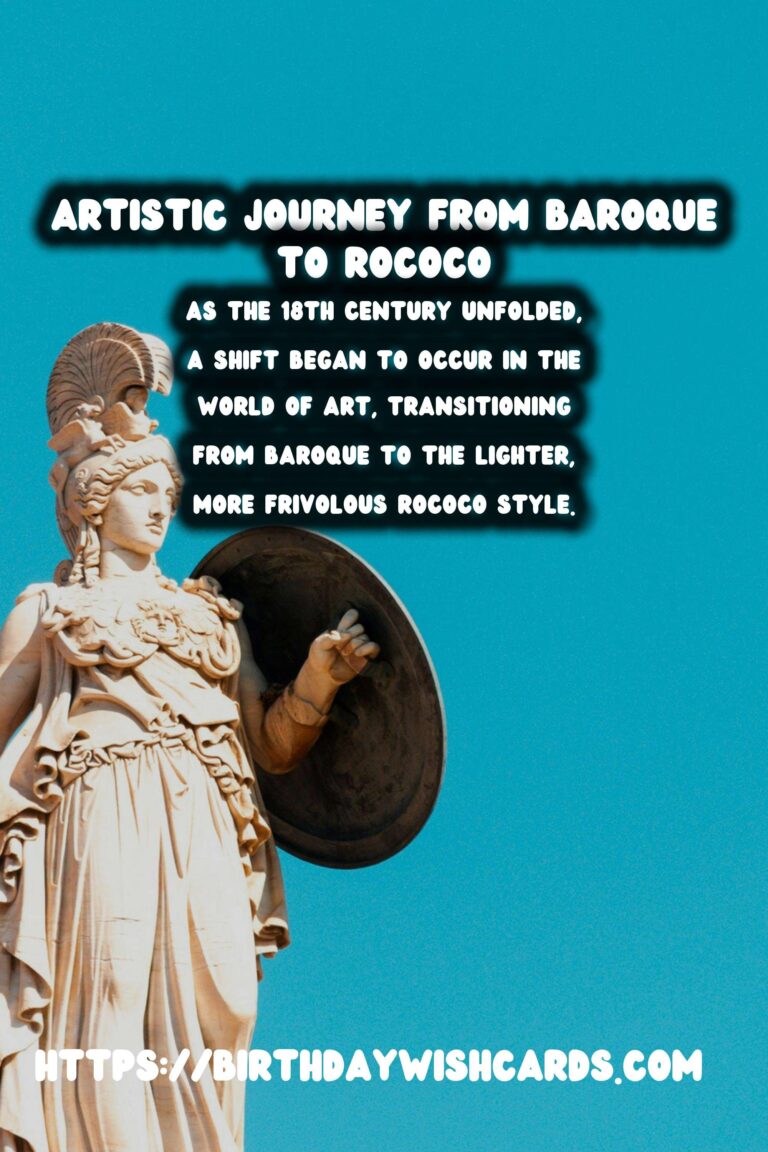
The world of art is a vast and intricate tapestry, woven with the rich threads of human emotion, culture, and innovation. Two of the most captivating periods in this narrative are the Baroque and Rococo eras, each bursting with its unique styles and stories that continue to inspire and intrigue art lovers across the globe.
The Baroque Era: A Flourish of Emotion and Grandeur
The Baroque period, which began in the early 17th century, is renowned for its dramatic flair, intricate details, and a deep emotional connection with the audience. Characterized by grandiose compositions, dramatic contrasts, and a vivid interplay of light and shadow, Baroque art was as much about evoking emotion as it was about depicting the physical beauty.
Influenced by the Roman Catholic Church’s Counter-Reformation, Baroque artists like Caravaggio, Peter Paul Rubens, and Gian Lorenzo Bernini created works that were intended to stir the soul and capture the spiritual fervor of the time. Iconic buildings like St. Peter’s Basilica in Vatican City stand as enduring examples of Baroque architecture, blending majestic scale with detailed ornamentation.
Baroque paintings famously employ techniques such as chiaroscuro and tenebrism, designed to create a sense of depth and drama. This style was not only limited to religious themes but also expanded to portraits and landscapes, emphasizing movement, tension, and dynamism.
The Transition to Rococo: Lightness and Elegance
As the 18th century unfolded, a shift began to occur in the world of art. The grandeur and seriousness of the Baroque gave way to the lighter, more frivolous Rococo style. Originating in France, Rococo art is characterized by ornate elegance, pastel colors, and playful themes. This era mirrored the extravagance and gaiety of the French aristocracy and is often associated with the reign of Louis XV.
Pioneers such as François Boucher and Jean-Honoré Fragonard crafted artwork that encapsulated carefree beauty and lighthearted intricacy. Their pieces, filled with scenes of love, nature, and playful sophistication, were designed to entertain and provide pleasure rather than evoke profound spiritual revelations.
Rococo architecture further exemplifies this transition with its emphasis on asymmetry and curves, delicate ornamentation, and an overall feeling of opulence yet intimate scale. The interiors were often light, airy, and adorned with elegant decoration that invited social gatherings and intimate conversations.
Exploring the Legacy: Art History Tours
For art aficionados eager to embrace the splendor of these styles, art history tours offer immersive experiences into the past. Touring through the halls of the Louvre in Paris, the Kunsthistorisches Museum in Vienna, or the iconic Vatican Museums, visitors have the chance to witness first-hand the art that defined centuries.
Guides skilled in art history provide context, stories, and insights that transform mere admiration into deeper understanding and connection. These tours not only reveal the technical mastery of the artists but also illustrate the social, political, and historical settings that shaped and were shaped by these movements.
Conclusion: Embracing the Artistic Journey
Whether through the impassioned strokes of Baroque or the light-hearted brush of Rococo, art offers a window into the heart of human experience. It is a journey of exploration and appreciation, a feast for the senses, and a testament to the boundless creativity of the human spirit.
Embark on an art history tour today and dive deep into the stories, the colors, and the profound beauty of these two extraordinary periods.
The Baroque period is renowned for its dramatic flair, intricate details, and a deep emotional connection with the audience. As the 18th century unfolded, a shift began to occur in the world of art, transitioning from Baroque to the lighter, more frivolous Rococo style. 
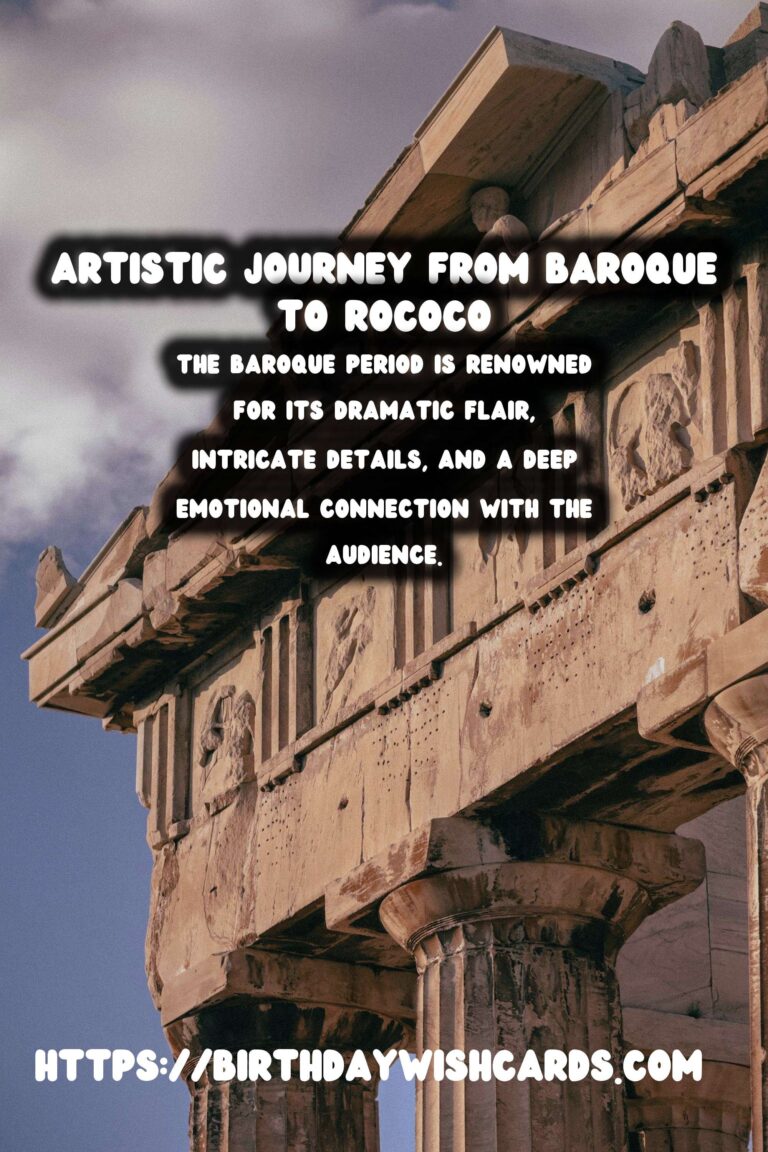
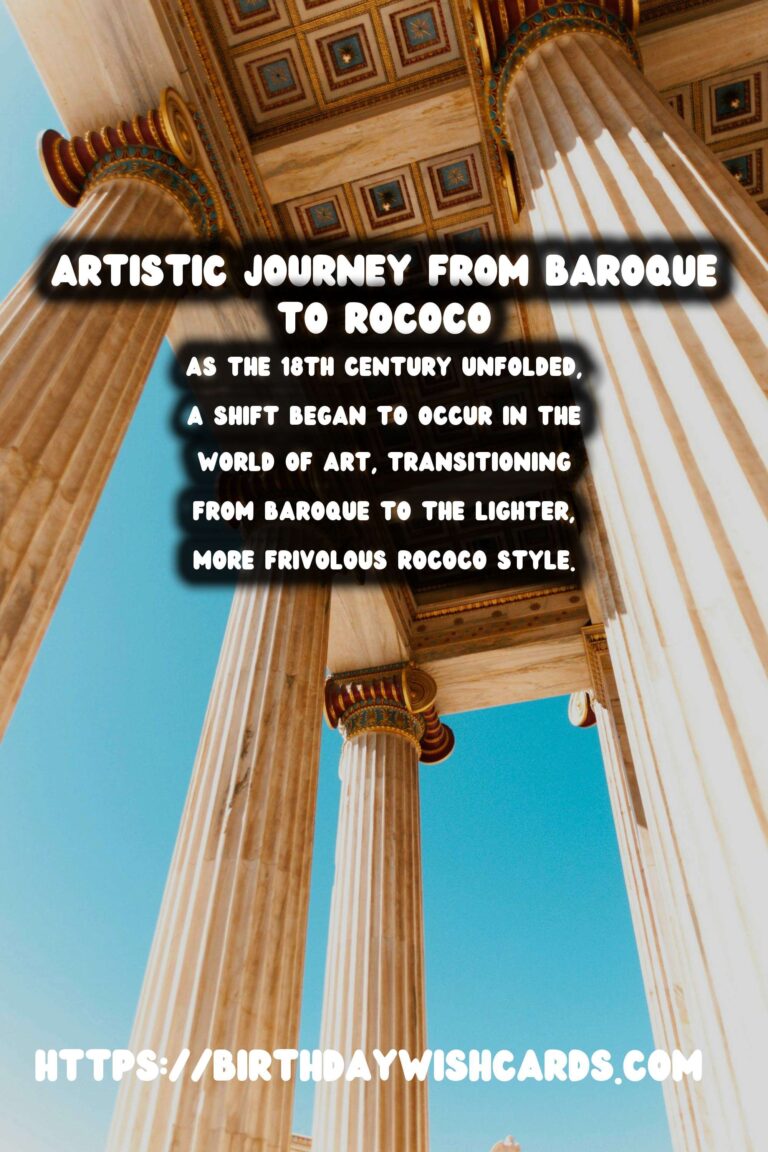
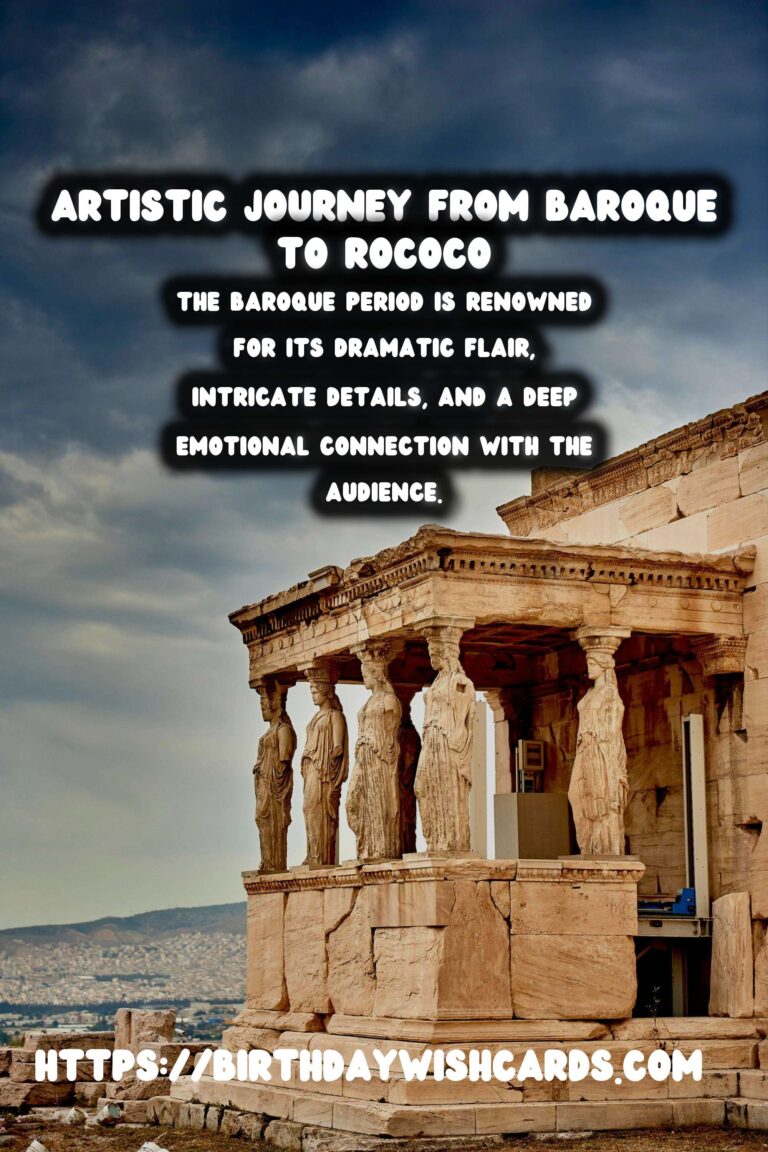
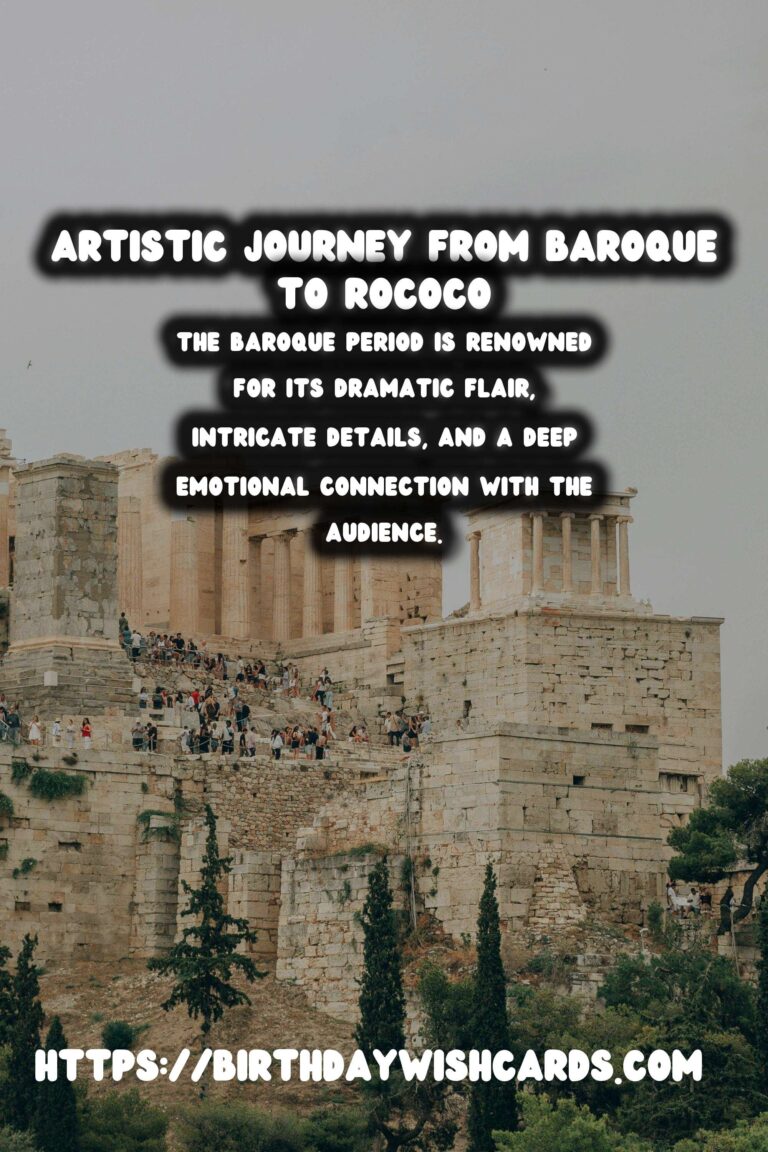
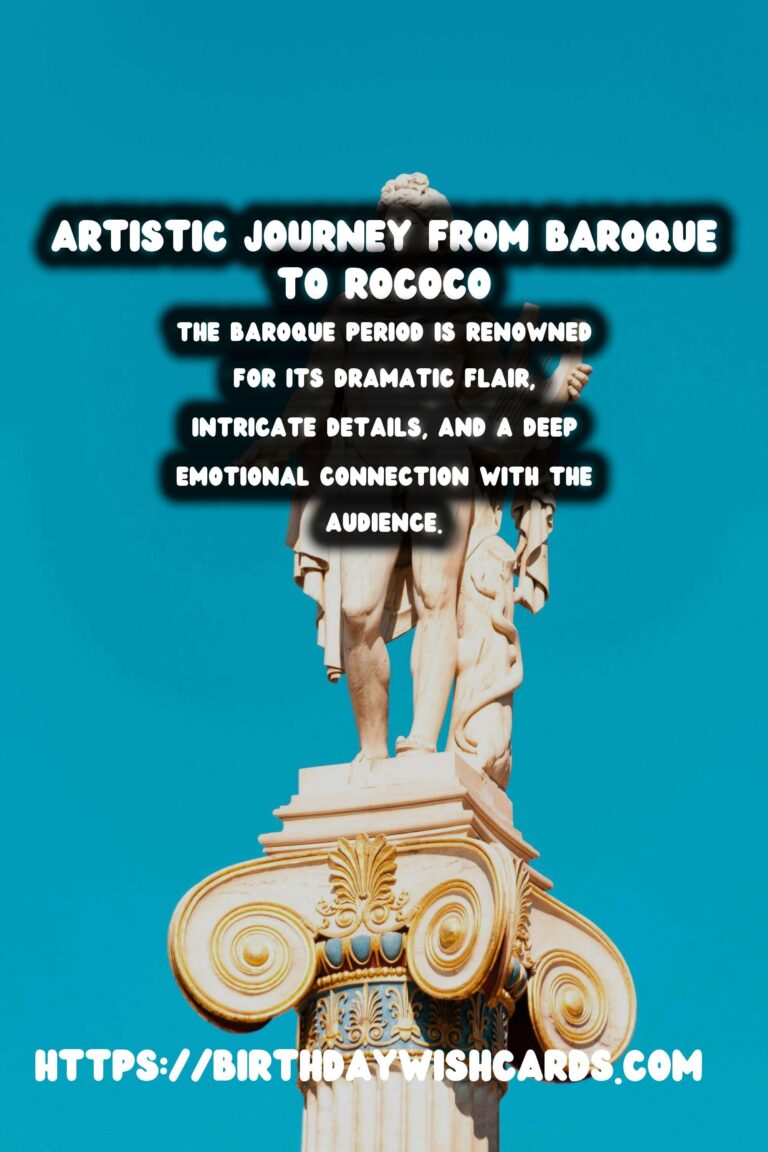
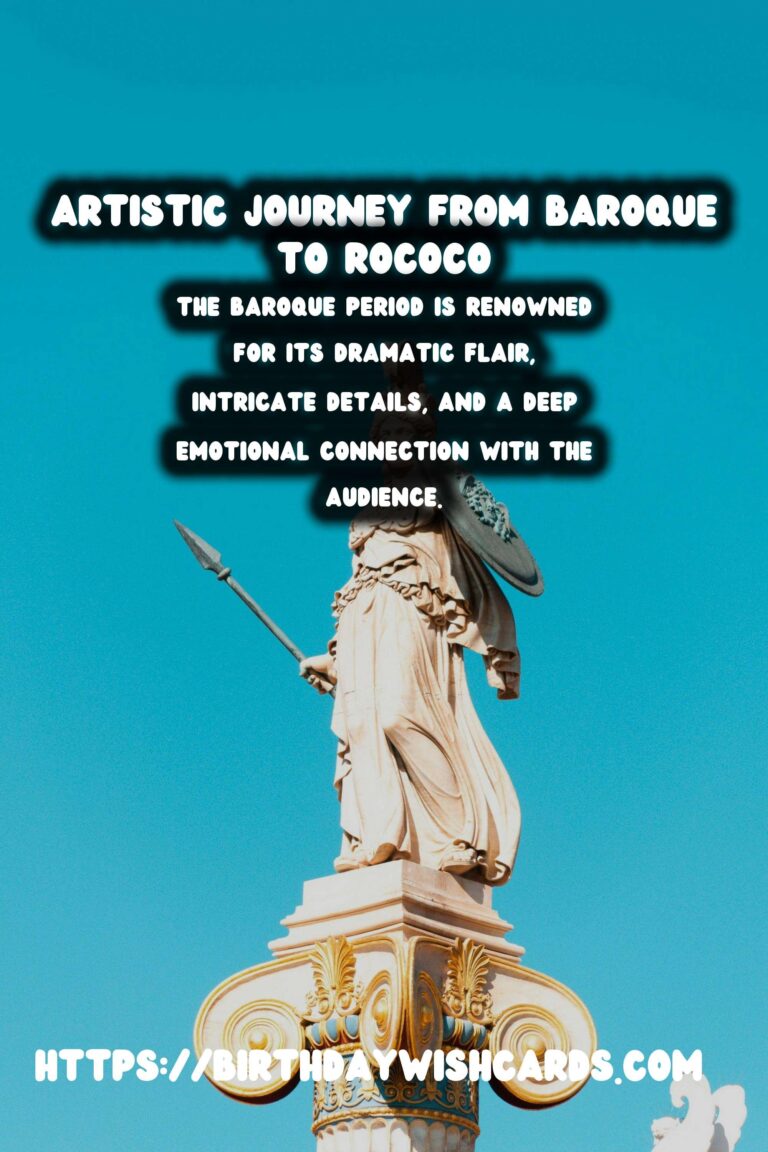
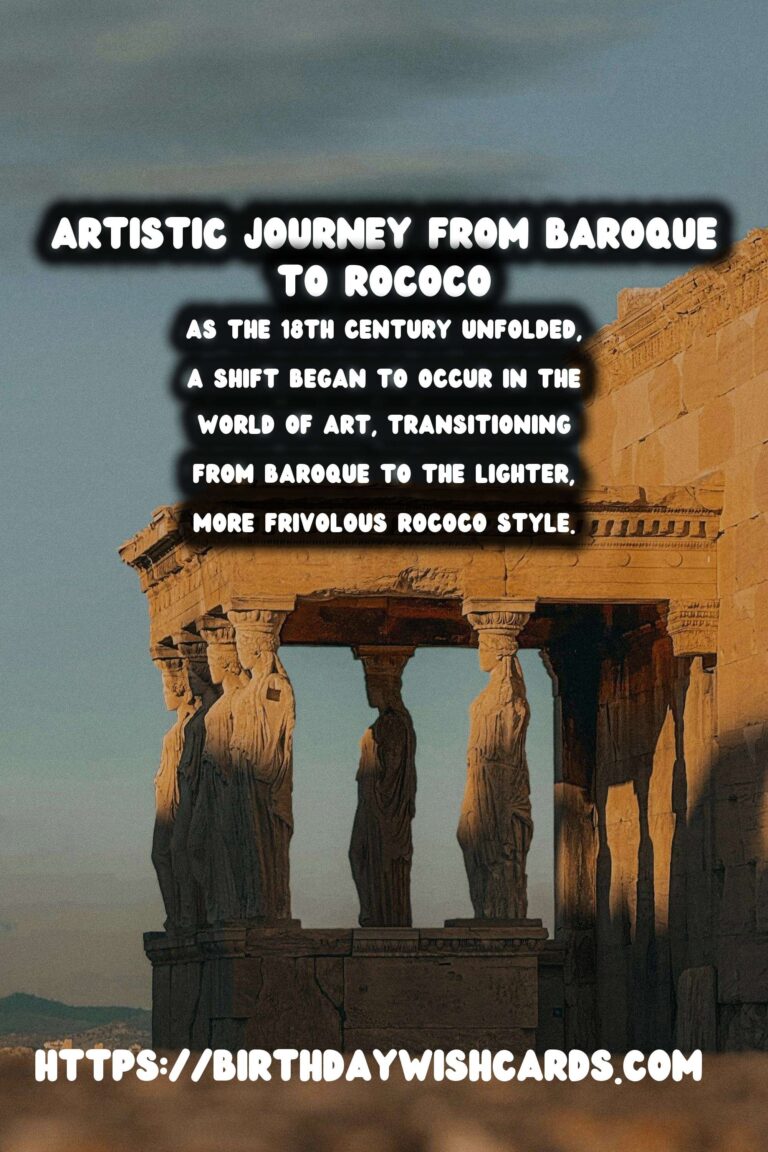
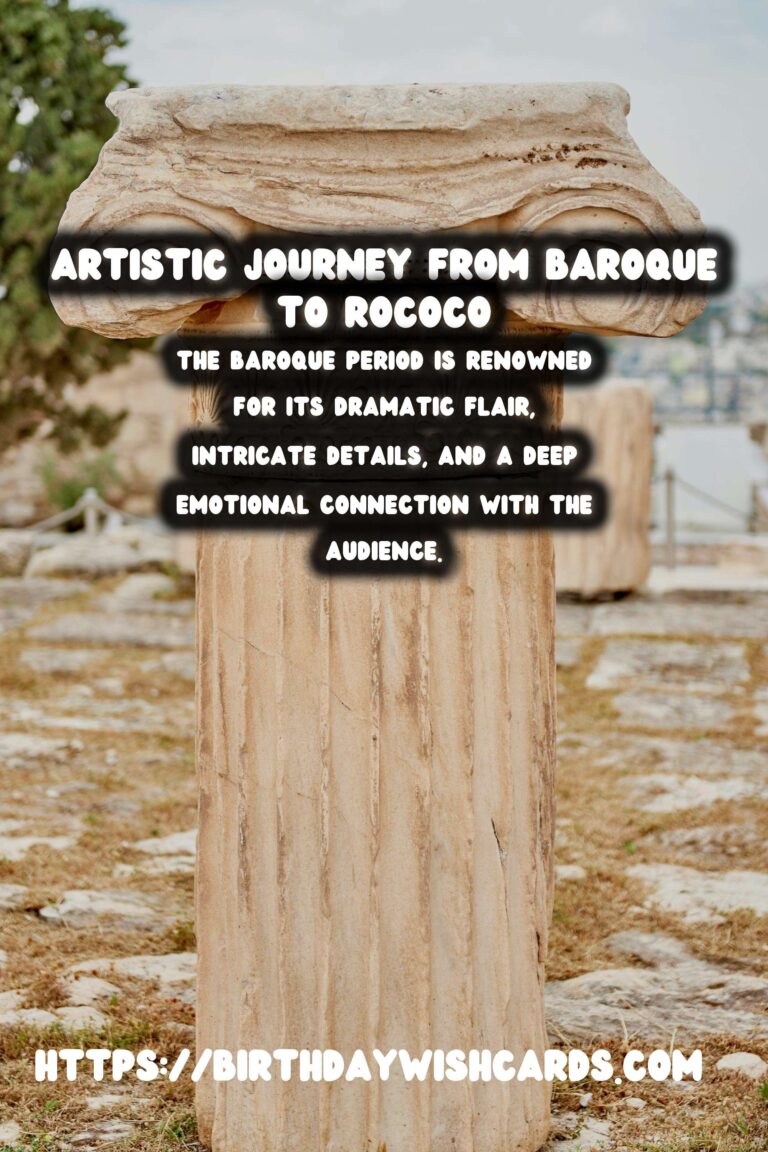
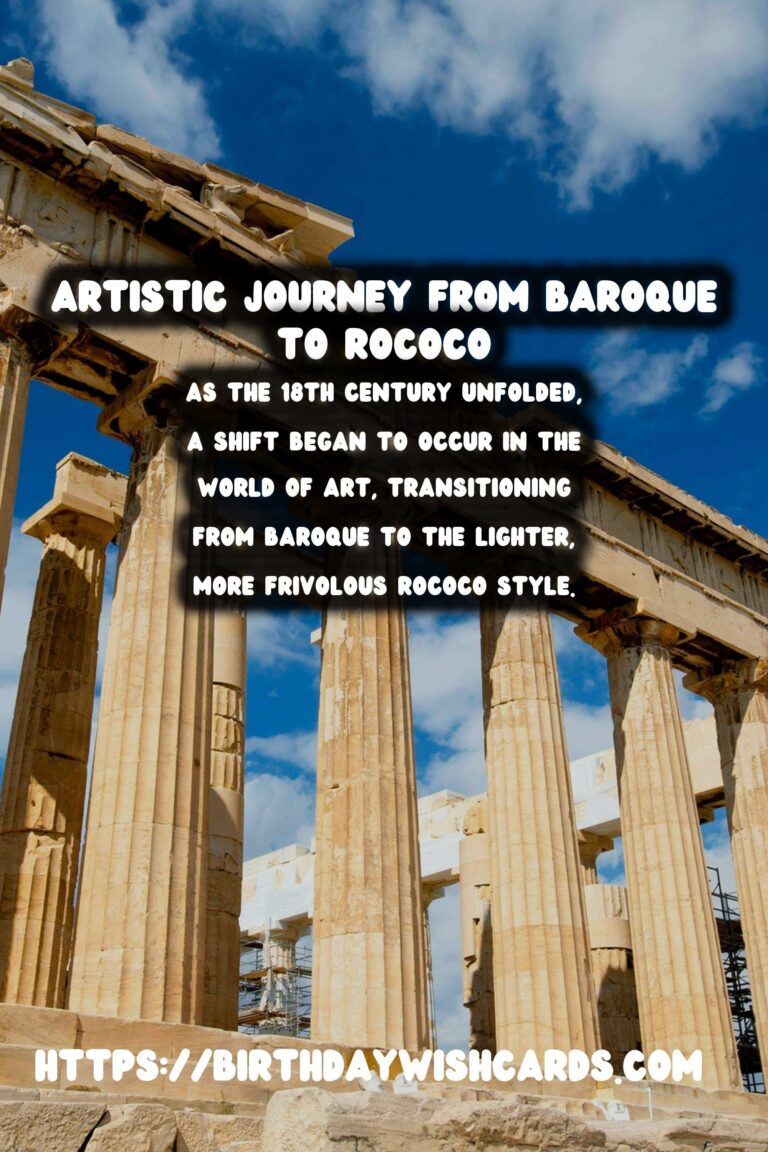
#ArtHistory #BaroqueRococo




